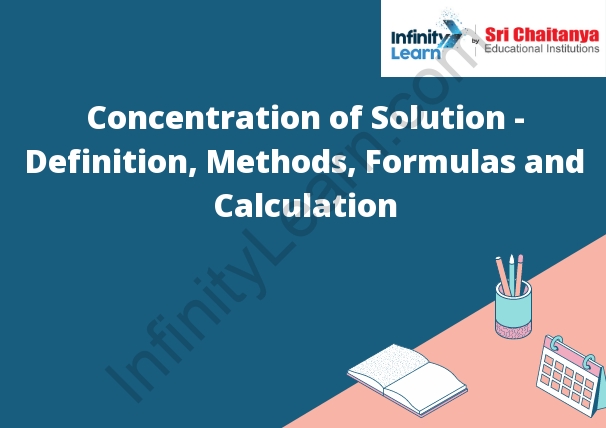Table of Contents
An introduction to Concentration of Solution
A solution is a mixture of two or more substances. The concentration of a solution is a measure of how much of a solute is dissolved in a solvent. The concentration is usually expressed in terms of molarity, which is the number of moles of solute per liter of solution.
A concentration is the amount of a solute present in a solvent. It is usually expressed in molarity, which is the number of moles of solute per liter of solution. The concentration of a solution can be increased by adding more solute, or by boiling off some of the solvent.

What is Concentration of a Solution?
The concentration of a solution is the amount of solute present in a given amount of solvent. It is typically expressed in molarity (M), which is the number of moles of solute per liter of solution.
A concentration is the amount of a solute in a solvent. The concentration of a solution is expressed in molarity, molality, normality, or percent by weight.
Molarity is the concentration of a solution expressed in moles of solute per liter of solution.
Molality is the concentration of a solution expressed in moles of solute per kilogram of solvent.
Normality is the concentration of a solution expressed in equivalents of solute per liter of solution.
Percent by weight is the concentration of a solution expressed in percent of weight of the solute in the solution.
Methods of Expressing the concentration of Solution
The concentration of a solution can be expressed in a number of ways. The most commonly used ways are by mass percent, volume percent, molarity, molality, and mole fraction.
The concentration of a solution can be expressed in terms of the mass of the solute per mass of the solution, which is called the mass percent. The mass percent is calculated by dividing the mass of the solute by the mass of the solution and multiplying by 100%. For example, if a solute weighs 1 gram and the solution weighs 100 grams, the mass percent of the solute is 1%.
The concentration of a solution can also be expressed in terms of the volume of the solute per volume of the solution, which is called the volume percent. The volume percent is calculated by dividing the volume of the solute by the volume of the solution and multiplying by 100%. For example, if a solute takes up 1 milliliter of space and the solution takes up 100 milliliters of space, the volume percent of the solute is 1%.
The concentration of a solution can be expressed in terms of the number of moles of the solute per liter of the solution, which is called the molarity. The molarity is calculated by dividing the number of moles of the solute by 1 liter and multiplying by 1000. For example, if a solute is 0.5 mole and the solution is 1 liter, the molar







